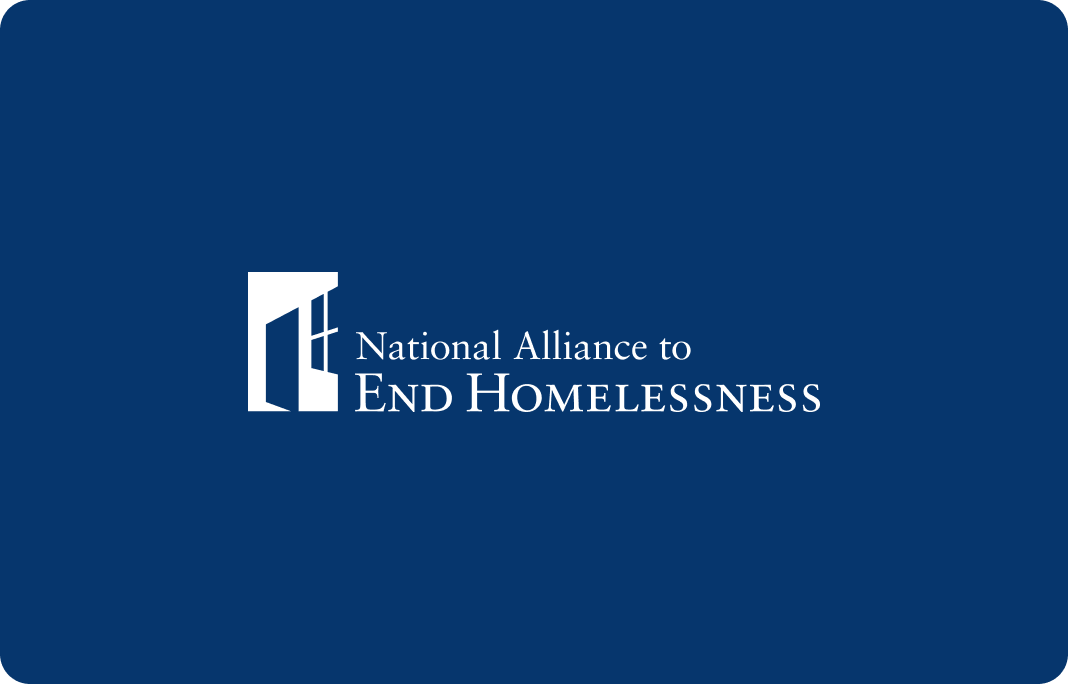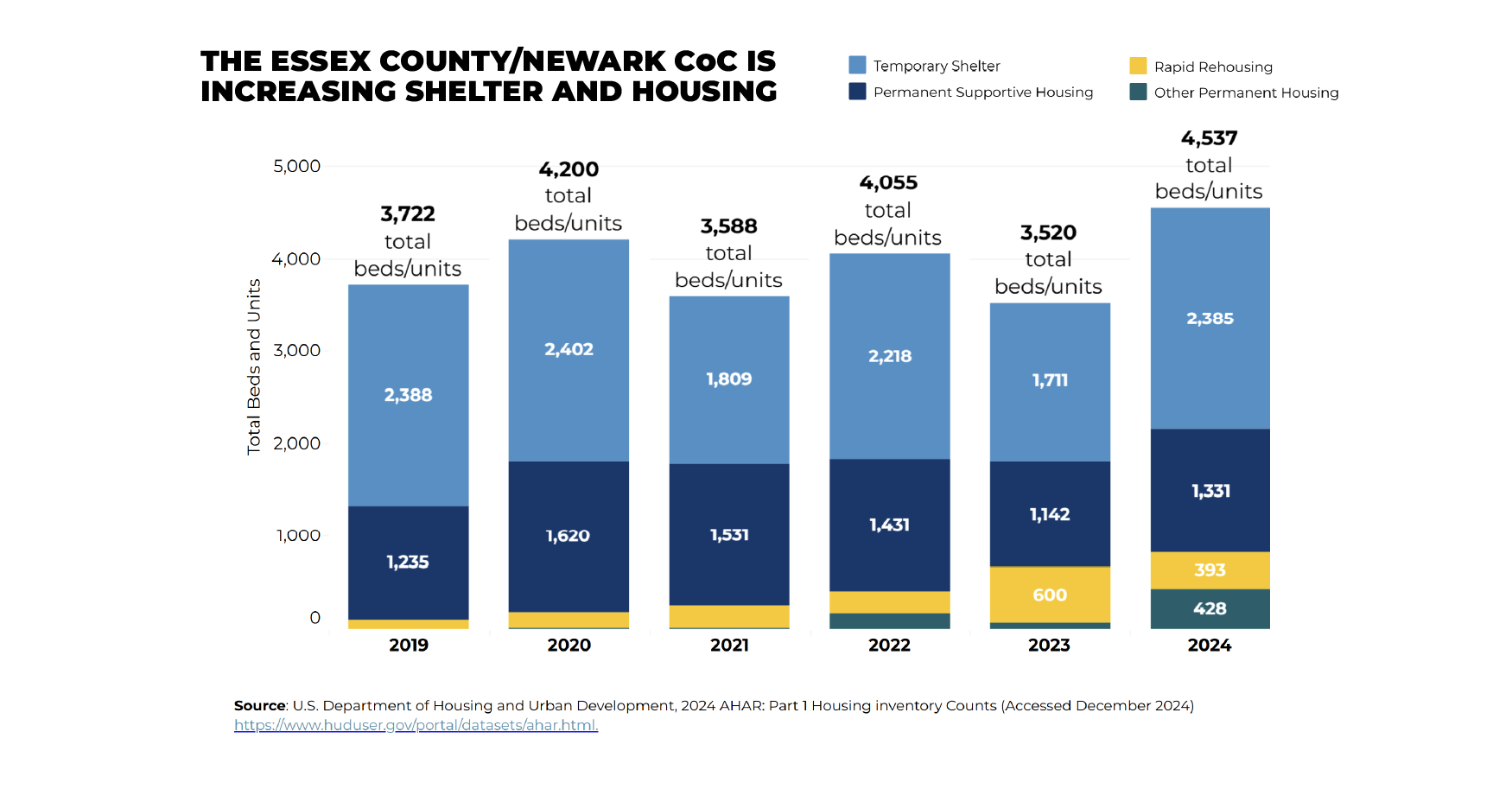Asset-building has been defined as “an anti-poverty strategy that helps low-income people move toward greater self-sufficiency by accumulating savings and purchasing long-term assets.” Individual assets are the total resources a person holds, and can include anything from cash savings to home equity. Unfortunately, many people experiencing homelessness have few, if any, assets, and some people are not aware of the assets they do hold. At times, inadequate assets are a direct catalyst for an episode of homelessness.
The road to building and maintaining assets is lined with challenges for populations experiencing homelessness. For some, unemployment limits opportunities for building financial assets. For others, poor or inadequate credit closes the door to traditional banking services, which may force them to rely on businesses that offer check cashing services or payday loans that come with high interest rates, fees and penalties. In some instances, homelessness service providers will offer financial literacy workshops, covering such basics as budgeting and balancing a checkbook, but fail to further develop a client’s expertise or opportunities for asset building, such as failing to provide assistance with opening bank accounts to utilize these new skills. Regardless of whether a person experiencing homelessness is housed or employed, the ability to build and maintain assets is a crucial component of achieving financial security, which can facilitate housing stability. This brief will explore two strategies for achieving this end: banking initiatives and asset building initiatives.
Banking Initiatives
According to a report published by the Federal Deposit Insurance Corporation (FDIC) in 2012, 28.3 percent of all American households can be described as either unbanked or underbanked. The study defined unbanked as households “that lack any kind of deposit account at an insured depository institution.” Underbanked households, on the other hand, “hold a bank account, but also rely on alternative financial services (AFS) providers.” Examples of AFS include “non-bank money orders, non-bank check cashing services, non-bank remittances, payday loans, rent-to-own services, pawn shops, or refund anticipation loans.”
The FDIC study focused on households so data specific to populations experiencing homelessness is not available. One can imagine that the numbers for this subpopulation are also extremely high given the additional barriers faced. To open a bank account, one needs ID documents and a mailing address, and many banks require credit checks and have minimum deposits and/or balance requirements. Some service providers give clients pre-loaded debit cards as a means of providing immediate access to relatively secure funds, but this practice does not help the client build assets.
Fortunately, the Bank On program might offer one strategy to help overcome these challenges. Bank On’s collaborative programs are designed to provide low-income unbanked- and underbanked people with free or low-cost starter or “second chance” bank accounts and access to financial education. The initiative was started in San Francisco in 2006 and has since expanded to more than 70 communities around the country. It is not immediately apparent whether these programs are targeted to populations experiencing homelessness, but they are certainly a critical component of prevention services. Bank On could expand its programming to people experiencing homelessness by focusing on the lessons learned by banks who have taken on such initiatives.
For example, in 1999, the Commerce Bank of Washington partnered with The Compass Center (TCC), a multi-service agency serving homeless individuals in Seattle. Commerce Bank “provides funding, technical assistance, and banking processing services for TCC for homeless clientele and individuals with permanent disabilities in Seattle.” The collaboration is unusual in its structure – “back-office systems and support” are provided from the bank facilities, while “TCC staff and case workers perform the front-office functions, such as opening accounts, verifying identification, and cashing checks” in their own facilities. One of the many benefits of the initiative is that federal government benefit checks can be received electronically. In addition to the bank’s volunteer efforts, other businesses have stepped in to donate teller software, courier services, armored car services, an “automated cash dispensing unit, and financial support from every major bank in Washington.”
In a case study that highlighted the partnership in a report to the FDIC, a number of ‘lessons learned” were noted:
- The bank’s partnership with TCC leveraged core competencies of each organization to create a more valuable approach to serving the unbanked community;
- Banks can address common needs for banking services among homeless populations in every major city and market; and
- Developing and executing a successful strategy requires innovative approaches involving stakeholders both within and outside of the bank.
At the time of the report’s publication in 2008, over 1600 accounts were opened for clients. Given Commerce Bank’s expertise after running this program for nearly 15 years, and Bank On’s reputation and existing community partnerships around the country, bringing this type of program to scale should not be terribly difficult
Asset Building Initiatives
Financial security and building assets entails more than just opening a traditional bank account. Additional steps related to banking include training in financial management and budgeting, assistance with understanding and improving credit, facilitating a commitment to saving, and eventually, guidance in investing. Beyond banking, financial literacy training can (and should) be expanded to include entrepreneurship, homeownership, and preparing for major life events like college and retirement. This may seem unproductive or even counterintuitive for those who are unemployed or have no income, but laying the groundwork early can help individuals achieve their financial goals.
Individual Development Accounts (IDAs)
IDAs are a proven tool for helping individuals and families move towards financial security. According to the Corporation for Enterprise Development (CFED), “IDAs are matched savings accounts that help people with modest means to save towards the purchase of a lifelong asset, such as a home.” IDAs can also be used for home repairs, postsecondary education and entrepreneurship, and the matched funds can come from a range of sources including government agencies, charitable organizations, and private businesses.
From 1997-2002, CFED ran the American Dream Demonstration to comprehensively test the effectiveness of IDAs. Over the course of the six-year project, “2,364 low-income and very poor people became accountholders,” including 6 percent who had no income. The early results show promise: “As of December 31, 2002—after an average of a little over two years of saving, of accountholders making matched withdrawals: 211 bought homes (28%), 173 started a small business (23%), 173 paid for post-secondary education (23%), 135 repaired their homes (18%), [and] 52 saved for retirement (7%).” A number of impressive success stories come from individuals who were experiencing homelessness at the time they opened their account.
Time Banks
Time banking “is a means of exchange used to organise people and organisations around a purpose, where time is the principal currency.” In plain English, time banking is a labor system of reciprocal trade – providing services to someone else entitles the worker to receive the same duration of services in return from the broader participating community. During the last twenty years, time banking has gained popularity across the United States and around the globe as a means of economizing social capital. It is based on five principles:
- We are all assets;
- Some work is beyond price;
- Helping works better as a two-way street;
- We need each other; and
- Every human being matters.
For some organizations, time banking is seen as more than just a way to capitalize on individual talents. It is also a system to “raise healthy children, build strong families, revitalize neighborhoods, make democracy work, advance social justice, [and] make the planet sustainable.”
As a means of assisting populations experiencing homelessness, time banking might serve a number of complementary functions. A few are worth noting here. First, although time banking is by nature unpaid work, it can provide meaningful experience that is based on an individual’s existing strengths and experiences. Second, especially for those who are housed either permanently or transitionally, time banking can be used to build skills and networks that lead to compensated employment. Third, time banking can help facilitate successful reintegration back into the community by affirming the perception that the individual is a contributing member of society. Fourth, an individual who performs services is entitled to receive services in return, which can help a person or family experiencing homelessness overcome some of the barriers they might face. Services might include babysitting, carpooling, tax preparation assistance, home cleaning, and any other service a community member has the ability to offer.
Conclusion
Achieving financial security requires more than just balancing a budget. Even before individuals and families experiencing homelessness have access to income, whether through employment or social supports, they need to recognize themselves as assets that can be engaged to achieve their desired outcomes. The strategies outlined here can help provide the necessary skills and knowledge to allow them to confidently take control of their financial futures and ultimately achieve permanent housing stability.
Stay Updated: Solutions, Stories, and Ways to Make an Impact
Sign up to receive updates on the Alliance’s work, including the latest research, advocacy efforts, and real stories of progress — plus ways you can help drive lasting change.












